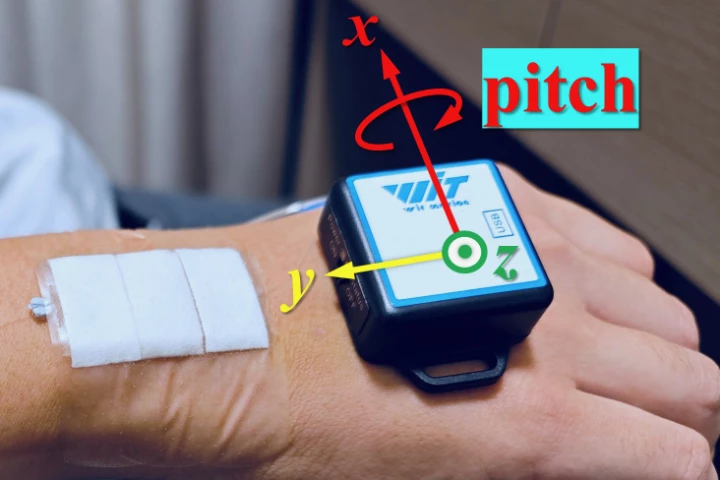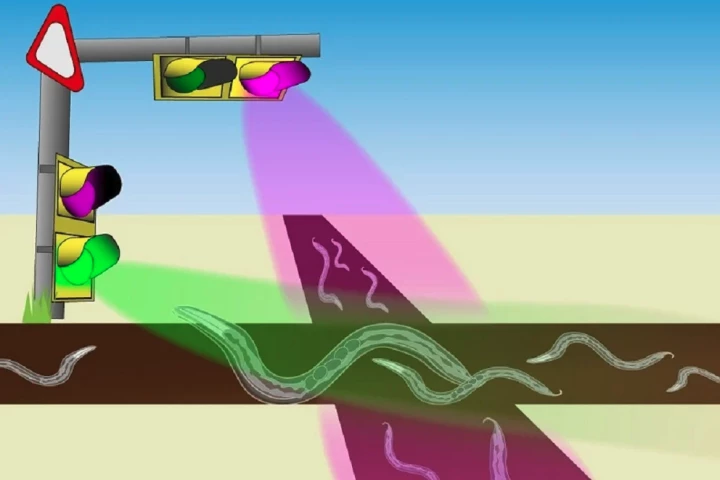Optics
-
A new experiment has demonstrated something that sounds physically impossible – light itself casting a shadow. If you manipulate a laser just right, then hit it side-on with another light source, it’s possible to create this bizarre optical effect.
-
An international research team has sent an astounding amount of data at a nearly incomprehensible speed. It's the fastest data transmission ever using a single optical fiber and shows just how speedy the process can get using current materials.
-
An experimental new wearable could allow people such as stroke victims to communicate via subtle hand movements. The device takes the form of a relatively thin patch that is temporarily adhered to the skin on the back of the wrist.
-
Everybody wants a faster internet connection, and now engineers in Japan have shattered the record for data transmission. The team managed to transmit more than 20 times the global internet traffic per second through a single optical fiber.
-
NASA will soon demonstrate a laser-based communication system between ground facilities and the International Space Station. The technology will boost data transmission speeds by 10 to 100 times, potentially opening a new standard in deep space comms.
-
Scientists have manipulated light as though it was being influenced by gravity. By carefully distorting a photonic crystal, the team was able to invoke “pseudogravity” to bend a beam of light, which could have useful applications in optics systems.
-
Guiding lasers where they need to go is a key part of optics systems, and now engineers at DESY have developed a way to bend laser beams without anything touching them. The light is deflected using an invisible grating made of air shaped by acoustics.
-
All I wanted to do was get rid of my glasses, but when my local laser eye surgery clinic recommended some odd-sounding advanced Presbyond treatment developed by Zeiss, I said sure, if that's what the cool kids are getting. Here's what's happened.
-
Scientists have created the world’s smallest wine glass, narrower than a human hair. Made out of actual glass, the model is a test run of a new 3D-printing process that could help make nanoscale glass components for electronic and optical devices.
-
Scientists in South Korea have created what they call "the world’s smallest ball game," throwing individual atoms between two optical traps. The research could eventually make for more adaptable and dynamic quantum computers.
-
Scientists in Japan have demonstrated a technique that allows them to remotely control the movements of worms. By implanting light-sensitive proteins into the organisms, the team was able to make them move under green light and stop under UV.
-
Engineers have set a new speed record for data transmission through a standard diameter optical fiber. By beaming 55 “modes” of signals down a single-core optical fiber, the team was able to transmit at a data rate of 1.53 petabits per second.
Load More











